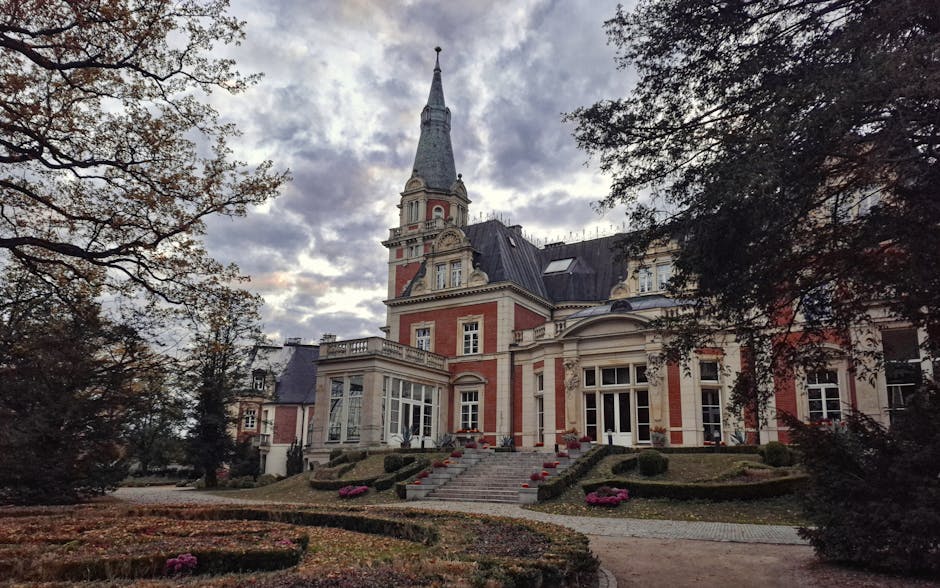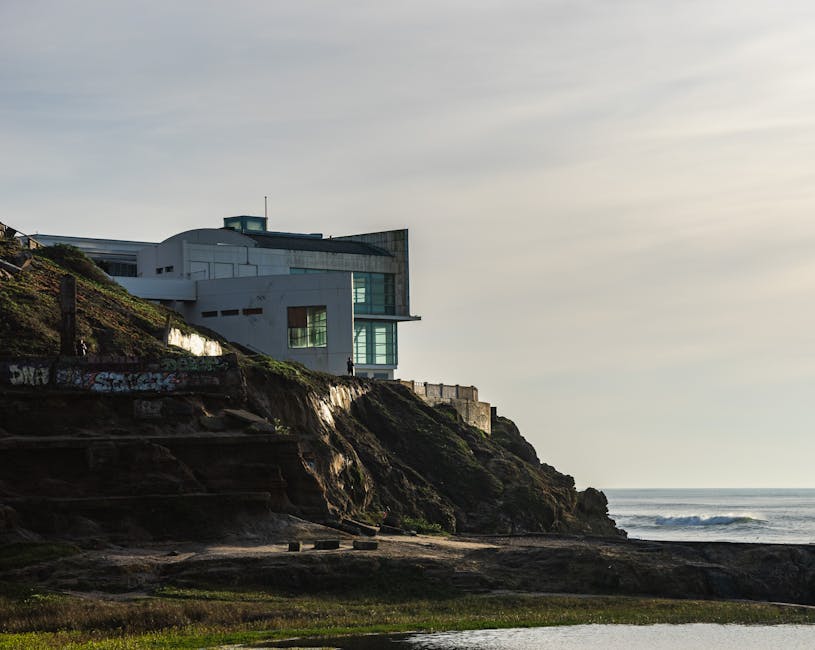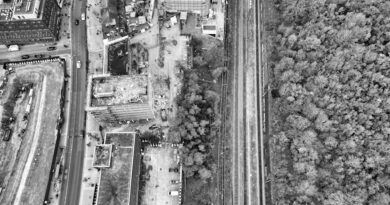The Art of Real Estate Photography
In the realm of real estate, capturing the essence of a property through photography has become an art form in itself. The images used to showcase homes and spaces can make or break a sale, influencing potential buyers’ perceptions and decisions. In this comprehensive guide, we will delve into the world of real estate photography, exploring its intricacies, techniques, and impact on the industry. Whether you’re a budding photographer looking to specialize in this niche or a homeowner seeking insights into the visual representation of your property, this article will provide valuable information and insights.
The Evolution of Real Estate Photography
Real estate photography has come a long way since its inception. In the past, agents relied on basic snapshots to market properties, often resulting in lackluster representation. However, with the advancement of technology and the rise of social media, the demand for high-quality images has skyrocketed. Today, professional photographers use state-of-the-art equipment and techniques to capture the essence of a property, highlighting its unique features and selling points. The evolution of real estate photography mirrors the changing landscape of the industry, as visuals play an increasingly important role in attracting buyers and driving sales.
The Importance of Lighting and Composition

One of the key aspects of real estate photography is lighting. Proper lighting can make a significant difference in how a space is perceived, creating an inviting and appealing atmosphere. Natural light is often preferred for its soft, flattering effect, but artificial lighting can also be used strategically to enhance specific areas. In addition to lighting, composition plays a crucial role in showcasing a property effectively. By framing shots thoughtfully and considering the angles, photographers can highlight the best features of a space and create a sense of flow and harmony.
The Role of Post-Processing and Editing

Post-processing and editing are essential steps in real estate photography, as they can transform raw images into polished masterpieces. Through techniques such as color correction, exposure adjustment, and image enhancement, photographers can bring out the true beauty of a property and create visually stunning photographs. While some purists argue against heavy editing, claiming it misrepresents the reality of a space, others see it as a necessary tool to enhance the overall appeal of a property. Strike a balance between authenticity and aesthetic appeal is key in the post-processing stage.
The Impact of Virtual Tours and 3D Imaging

With the advent of virtual tours and 3D imaging technology, the way properties are showcased has undergone a revolution. These immersive experiences allow potential buyers to virtually walk through a property, exploring every nook and cranny from the comfort of their own homes. Virtual tours provide a more interactive and engaging way to view properties, giving buyers a better sense of the space and layout. Additionally, 3D imaging can create realistic renderings of properties that are still under construction, offering a glimpse into the future and helping buyers visualize the final product.
The Rise of Aerial Photography and Drone Technology
Aerial photography has become increasingly popular in the real estate industry, thanks to advancements in drone technology. Drones equipped with high-resolution cameras can capture stunning aerial shots of properties, providing a unique perspective that traditional photography cannot achieve. Aerial photography is particularly useful for showcasing large estates, waterfront properties, and expansive landscapes. By incorporating aerial shots into their portfolios, photographers can set themselves apart and offer a fresh take on real estate marketing.
The Future of Real Estate Photography
As technology continues to advance and consumer preferences evolve, the future of real estate photography looks bright. Virtual reality, augmented reality, and AI-powered tools are poised to revolutionize the way properties are marketed and viewed. These innovative technologies will offer new possibilities for creating immersive experiences and personalized interactions with properties. With the ongoing digital transformation of the real estate industry, photographers will need to adapt and embrace these cutting-edge tools to stay ahead of the curve and deliver exceptional visual content.
Expert Opinions
We spoke with renowned real estate photographer, Jane Smith, who shared her insights on the art of real estate photography. According to Jane, “Real estate photography is all about capturing the essence of a property and telling its story through visuals. It’s not just about taking pictures; it’s about creating an emotional connection with the viewer and showcasing the unique selling points of a property.” Jane emphasizes the importance of attention to detail, lighting, and composition in creating compelling images that resonate with potential buyers.
Common Misconceptions
One common misconception about real estate photography is that it is easy and anyone with a camera can do it. In reality, capturing the essence of a property requires skill, creativity, and an understanding of the nuances of photography. Professional photographers undergo training and practice to hone their craft and develop their unique style. Another misconception is that editing can fix any flaws in a photograph. While editing is a powerful tool, it cannot compensate for poor lighting, composition, or framing. It is essential to get the fundamentals right during the shooting process to produce high-quality images.
Conclusion
In conclusion, the art of real estate photography is a multifaceted and dynamic field that plays a crucial role in the marketing and sale of properties. Through the skillful use of lighting, composition, post-processing, and innovative technologies, photographers can create visually stunning images that captivate audiences and drive sales. As the industry continues to evolve, embracing new technologies and techniques will be essential for photographers to stay relevant and competitive. Whether you’re a photographer looking to specialize in real estate photography or a homeowner seeking to showcase your property effectively, understanding the art of real estate photography is key to success in the modern real estate market.
To wrap things up, mastering the art of real estate photography requires a blend of technical expertise, creative vision, and a keen eye for detail. By embracing the latest tools and techniques, photographers can elevate their craft and deliver exceptional visual content that resonates with audiences. As the demand for high-quality images continues to rise, real estate photography will remain a vital component of the industry, shaping how properties are marketed, viewed, and sold in the digital age.




